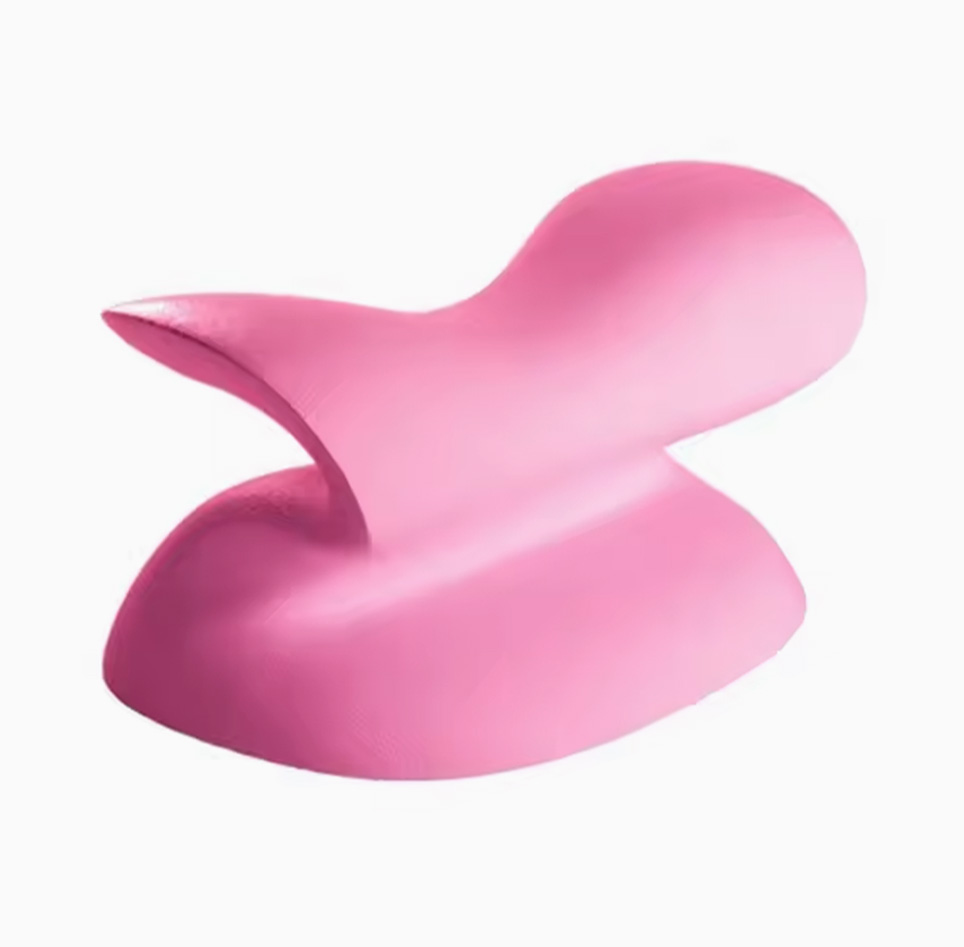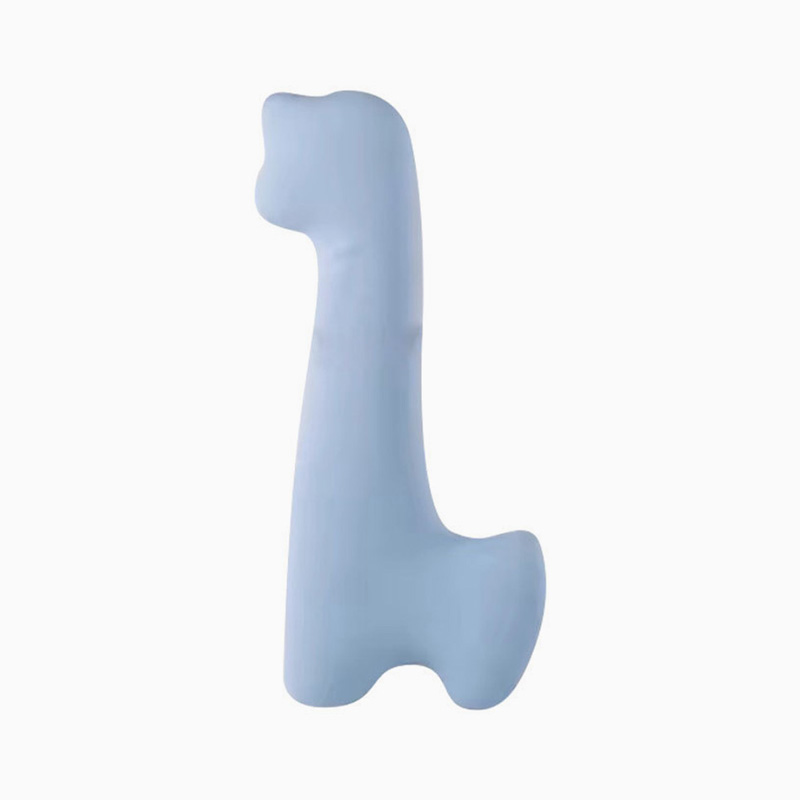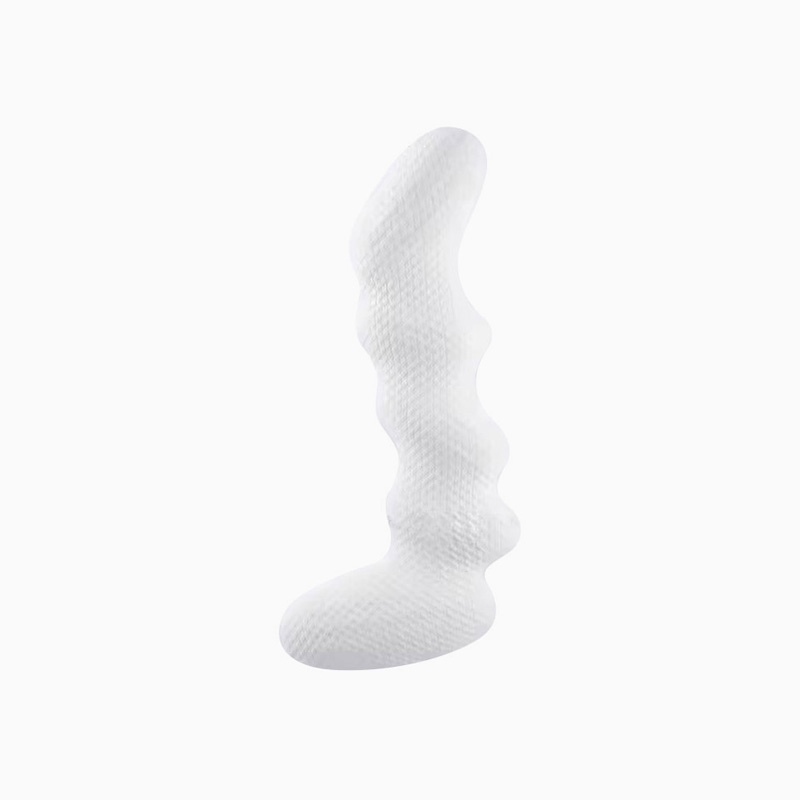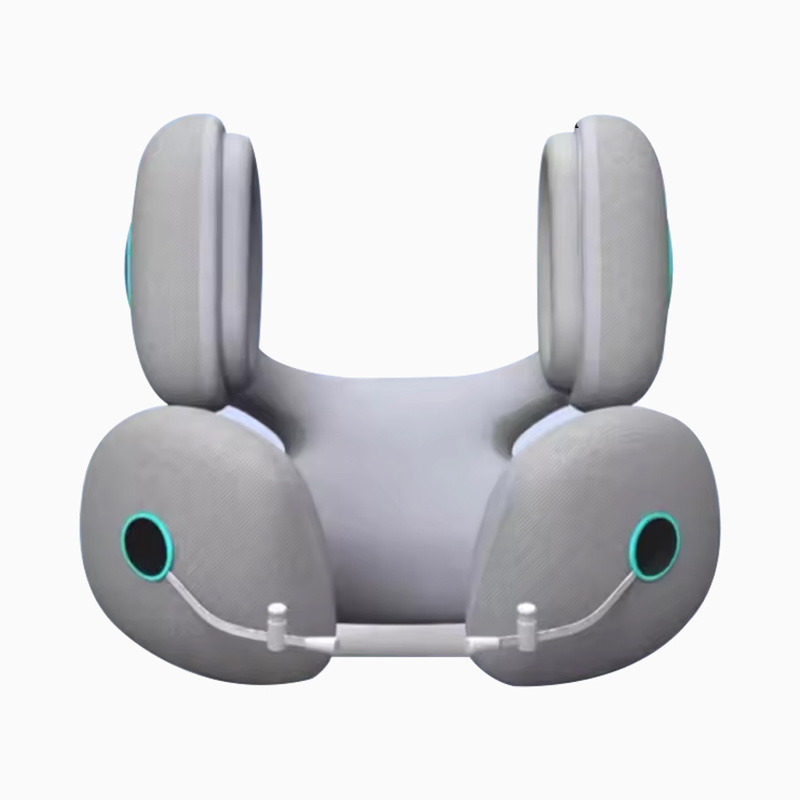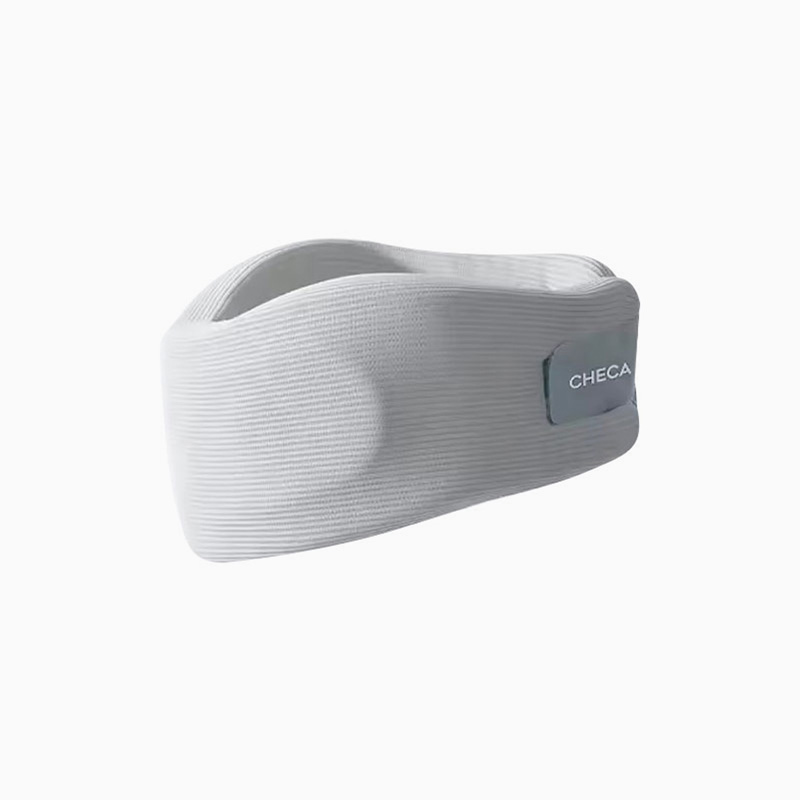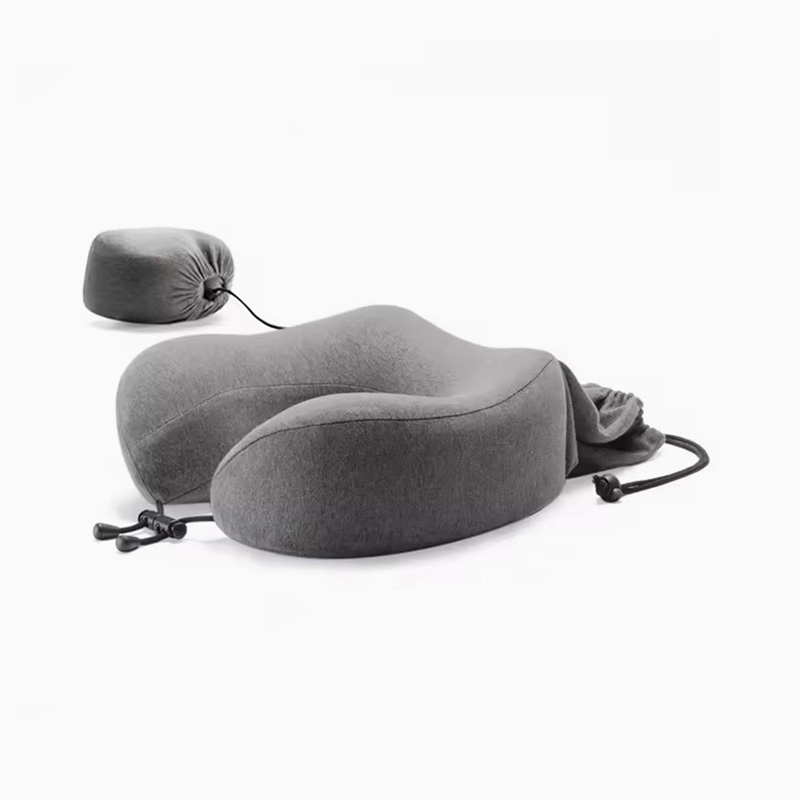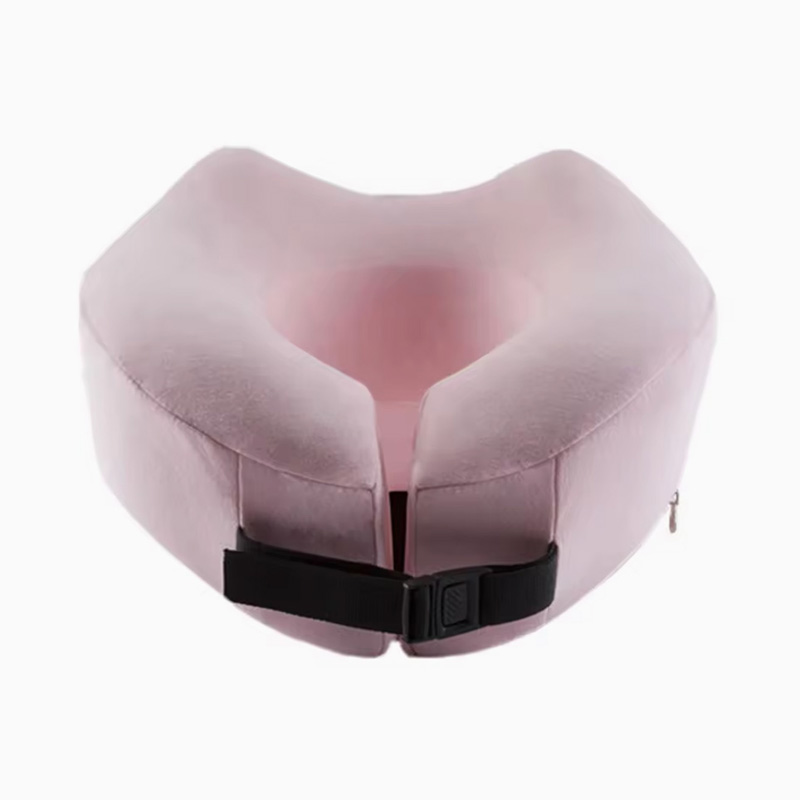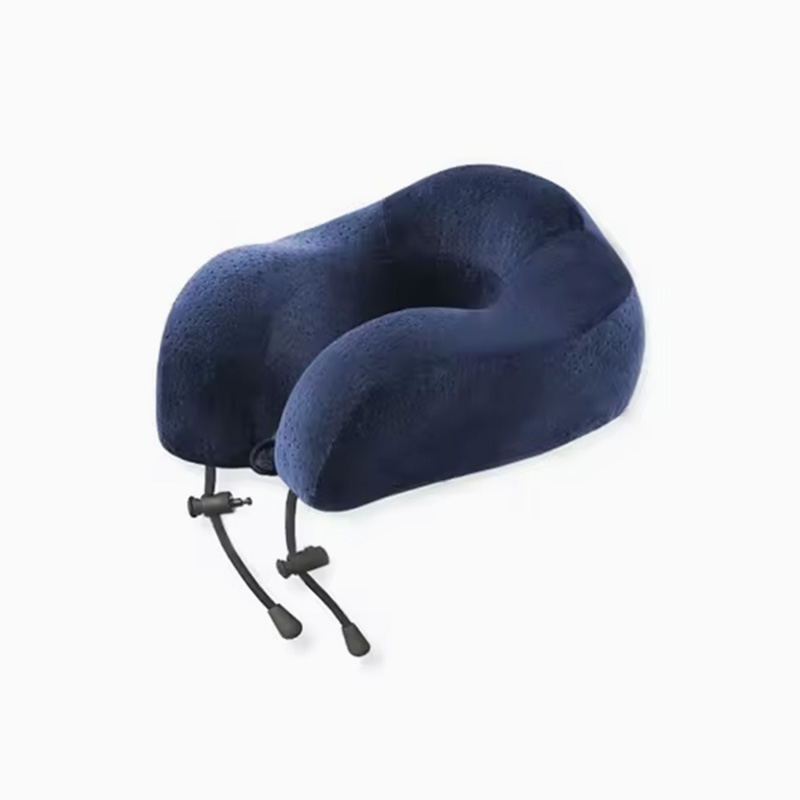Is there a risk of excessive traction during use of a memory foam neck traction pillow
Cervical traction is a method of relieving muscle tension and nerve compression by stretching the neck curve and increasing intervertebral space. The Memory Foam Neck Traction Pillow leverages the resilience of memory foam and its specific curved surface structure to apply upward support to the cervical spine while the user lies down, simulating a gentle traction effect. Normally, the cervical traction angle should be controlled between 10° and 20°, and the traction height should generally not exceed 5 cm to avoid exceeding the physiological stretch limits of the cervical ligaments and muscles. Traction exceeding this range is considered potentially risky and may cause soft tissue strain or joint discomfort.
Factors Contributing to the Risk of Excessive Traction
The traction strength of a memory foam cervical traction pillow is closely related to the pillow's core height, density, and curved surface angle. High-density memory foam has a stronger rebound during initial use. If the design angle is too large or the height exceeds the user's neck curvature, it may unconsciously apply excessive cervical extension force. Maintaining this position for a long time can increase stress on the posterior cervical joint capsule and ligaments. For users with reduced or kyphotic cervical curvature, excessive traction can easily cause localized pain and discomfort.
Individual Differences and Risk-Sensitive Populations
Cervical curvature, muscle tone, and intervertebral disc status vary significantly between users. Patients with cervical degenerative disease, bone hyperplasia, or cervical disc herniation have less stable neck structures and a reduced tolerance for traction. While a Memory Foam Neck Traction Pillow, with the same design parameters, may provide moderate traction for healthy individuals, it may pose a risk of excessive traction for these individuals. Furthermore, the cervical ligaments of children and the elderly are relatively fragile, and prolonged, high-angle traction can easily cause micro-injuries.
The Relationship Between Usage Posture and Excessive Traction
Supine sleeping is the most common way to use a cervical traction pillow. However, if the head is fixed and the neck is forcibly elevated during supine sleeping, it can cause continuous cervical extension. When sleeping on the side, if the traction pillow is not optimized for lateral support, it may increase longitudinal tension while simultaneously bending sideways, increasing stress on the cervical spine. Using a traction pillow in a single position for extended periods can amplify the traction effect caused by material rebound, potentially exceeding the safe range.
The Impact of Material Properties on Risk
The thermal sensitivity of memory foam changes its firmness with ambient temperature. In low-temperature environments, the material hardens, increasing its resilience and potentially increasing the traction intensity. In high-temperature environments, the material softens, and although the traction force decreases, the neck may sink deeper, causing greater changes in curvature, potentially leading to an excessive traction angle. This environmentally variable traction parameter increases the unpredictability of over-traction. Differences in density and elasticity between batches of material can also lead to inconsistent traction force during use of the same model.
Clinical Manifestations of Potential Over-traction
Over-traction during use of the Memory Foam Neck Traction Pillow may initially manifest as soreness and swelling in the back of the neck, limited neck movement, and mild dizziness. This may further develop into cervical capsulitis, neck muscle spasms, and even cervicogenic headaches. For those with a history of cervical disc herniation, excessive traction may increase tension in the annulus fibrosus and increase compression of the nerve roots by the herniation, leading to recurrence or aggravation of neurological symptoms.

 English
English عربى
عربى previous post
previous post



